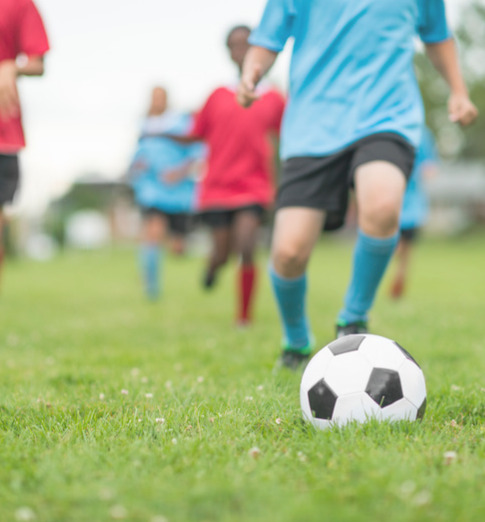Turf Toe: The Lowdown on Sport Enthusiasts Foot Foes
In the world of sporting injuries with a special ‘knack’ for targeting athletes particularly with sports played on artificial turf… we discuss today – none other than the condition called “Turf Toe”.
Turf toe…lets kick off with its mechanism of injury:
This is a big toe joint injury where ligaments, tendons and soft tissues get stretched even tearing. It’s a condition caused by jamming the big toe or/and repeatedly pushing off of the big toe with excessive force in activities such as running and jumping.
Turf toe can result from many repetitive movements over time (like a ballet dancer’s jumps). The injury can also result from sudden trauma, such as when a football player tackles an opponent whose toe is planted on the ground.
Sporting Turf Toe Activities include:
Commonly football players however it also affects athletes such as basketball and gymnastics. The injury can occur in various sports and activities, flexible or rigid shoe wear and turf or flat surfaces. Athletes who make sudden foot movements as well as changes in direction are more likely to get this type of injury.
Symptoms of turf toe
People with turf toe experienced pain, swelling and limited joint movement at the base of one or both big toes. The symptoms develop slowly and gradually getting worse over time especially with repetitive injuries. Sometimes a ‘pop’ can be felt. Usually the entire joint is involved and toe movement now limited.
Types of turf toe injuries
Healthcare providers use a grading system to classify turf toe injuries. The grade helps determine the most effective treatment plan. The types of turf toe injuries are as follows:
- Grade 1: Typically soft tissue is stretched, but not torn. The area is sensitive when you touch it. It may be mildly swollen. You may have mild limitations with sports and exercises abilities.
- Grade 2: The soft tissue complex partially tears. The area has intense and more diffuse tenderness and is often swollen and also bruised. You’ll be more limited with sports and exercises.
- Grade 3: Soft tissues more completely torn. The MTP joint may be dislocated. Swelling as well as pain in the toe are severe. It’s very difficult to move the toe, let alone exercise or play sports.
Can Turf Toe Be Prevented?
One goal of treatment should be to evaluate why the injury occurred and also to take steps to keep it from recurring.
One way to prevent turf toe is to wear shoes with better support in order to help keep the toe joint from excessive bending and force with pushing off. You may also want to consider using specially designed inserts that a podiatrist can prescribe for you.
Fact: The term ‘turf toe’ was coined in the mid-20th century when artificial turf was first introduced and became more prevalent in sports.
Are you suffering from any nail condition? At The Chelsea Clinic, we can help. One of our podiatrist can assist and then recommend what treatments are best to get you back on track. Podiatrist South Kensington
Schedule an appointment here or you may call us at +44 (0) 207 101 4000.
We hope you have a feetastic day!
-The Chelsea Clinic and Team




